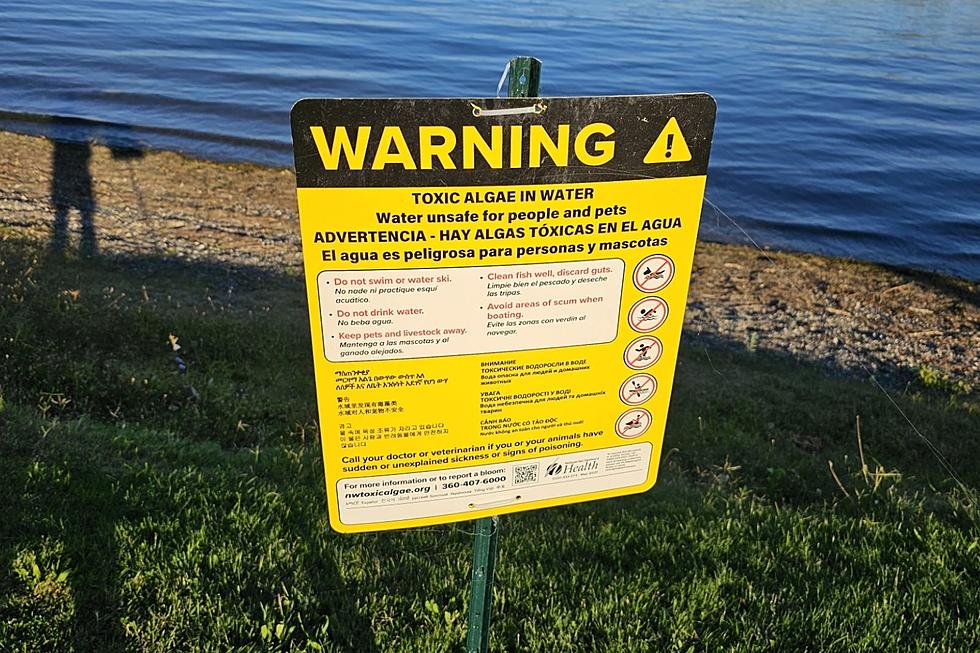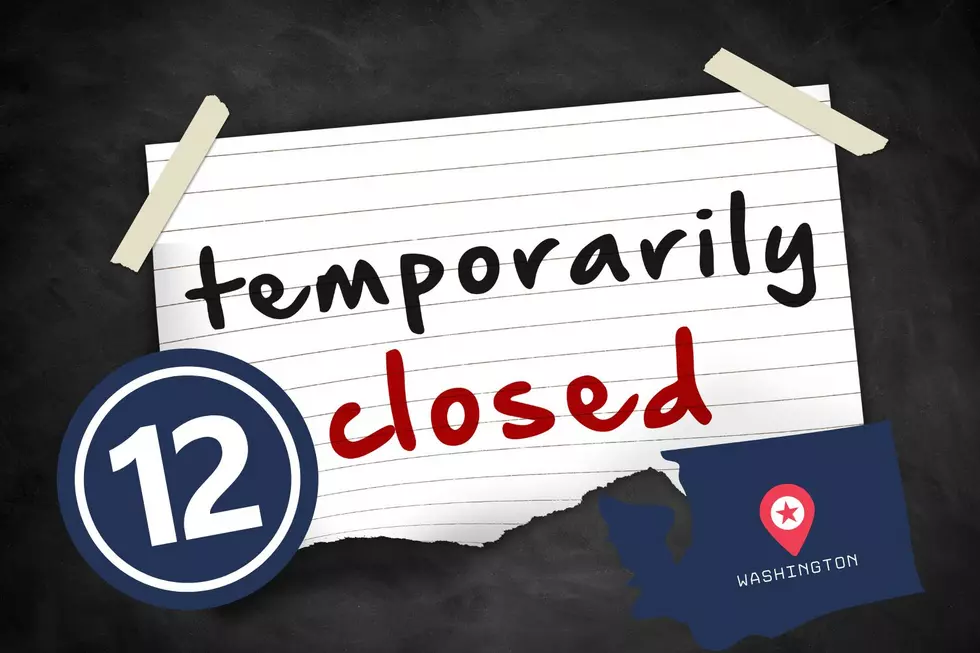
EPA Investigates Spread of Toxic Algae in Columbia River
What exactly is causing cyanobacteria to form in our local rivers, how dangerous is it, and how exactly do we correct it?

Toxic Algae Spread in the Columbia River Investigated by the EPA
Cyanobacteria and I have had a long, long relationship, which sounds strange to say today. It may seem like a buzzword today after becoming more visible over the last few years, but it has been around forever in the reef tank community. Most cyanobacteria have similar traits to plants, but they most definitely are not plants at all. Most are only a nuisance in water systems but some create cyanobacterial HABs, also known as cyanoHABs, which are toxins that can kill animals or even humans that come in contact says the EPA. I have been fighting the presence of cyanobacteria in my saltwater reef tanks for years, but now that same struggle is happening in our local rivers. Many different kinds of cyanobacteria occur in both fresh and saltwater systems, but all share certain similar characteristics. The EPA explains in an article on its website that cyanobacteria are caused by multiple "conditions in water bodies that can intensify algae growth" like large amounts of pollutants or higher water temperatures. Some kinds of cyanobacteria are dangerous to animals and humans, but some are not. How do you know the difference?
How to Identify Toxic Algae
The kind of freshwater cyanobacteria that is causing problems in Washington State water systems is the blue-green algae variety. The name "blue-green algae", now identified simply as cyanobacteria by experts, is blue-green in color which is where the original name came from. One of the strangest and most dangerous things about toxic algae that scientists still don't fully understand is why sometimes the algae are dangerous and sometimes it is not. The Benton-Franklin Health District says at least two different dogs have died after contact with toxic algae in the Columbia River near Tri-Cities, which has had a problem with toxic algae since 2021. The Benton-Franklin Health District recently released a new warning for October 2023 saying "Water testing at Scooteney Reservoir has revealed high levels of the cyanotoxin microcystin. The level exceeds the state guidance for recreational use. Warning signs are posted at the reservoir and people are encouraged to stay out of the water until toxin levels drop." They say that most areas around the Tri-Cities have much lower levels of cyanobacteria however, Howard Amen Park still tests above recommended guidelines. They warn all people and animals to stay away from water with signs warning of toxic algae. They also recommend that all pets be kept from the Columbia River shoreline until both weather and water temperatures become much colder.
EPA Not the Only Study on Columbia River
There are two other agencies that are in the process of studying the impact of toxic algae in the Columbia River. The U.S. Army Corps of Engineers took multiple samples from June through September near Chief Joseph Dam at Rufus Woods Lake to study the kinds of toxins found and how they impact the surrounding environment. The second study is being held by the U.S. Geological Survey about 5 miles north of Richland, Washington. They are using real-time probes to measure different factors like pH, temperature, algae biomass, chlorophyll, and light absorption in order to predict when toxic algae blooms could become dangerous in a specific area. They want to install a second probe according to OBP.org in order to gain more data and compare it to the Richland site.
2023-2024 First Snow Predictions for Washington State
Gallery Credit: AJ Brewster



